When marketing and advertising agencies aren’t busy busting their chops for their clients, they are often putting together pitches and proposals to (hopefully) win new clients. Writing a project proposal can be intimidating. A good idea alone isn’t enough to secure a new business deal – which means our organisational skills and showmanship are also put to the test.
Join Wordsmith as we take a deep dive into writing an effective and convincing proposal!
Setting the stage and spotlight
Like with any good play, you want to set the scene by introducing your characters and their surroundings. In the case of a project proposal, that means identifying something that the client wants or needs. You can approach this from a number of angles, for example:
· We noticed your shops have been a little quiet lately
· Your brand releases Facebook posts daily, but only receive engagement from a few users despite having over 5,000 fans
· Your new products are popular, but your core collections aren’t getting much attention
“It’s very powerful to start with the buyer and their needs,” explains Forbes Council Member Dave Shaby. “It demonstrates that you ‘get it,’ and it gives the buyer confidence that you’re on the same page.”
This is especially important when you are submitting a proposal for a business that has made the tender open to the public. While most businesses already aware of what is wrong, they need to know that you know it as well. Furthermore, if you manage to identify a problem that the business was previously unaware of, you could score major points!
Making your case
Once the stage is set, it’s time to offer ideas on how you can help. Give as much detail as you can – we find that creating a flowchart that outlines the different steps of your plan to be a consistent way of helping clients to understand the rationale and effects.
Do also consider what your prospective client’s competitors have been doing. Conducting and including a competitor analysis with your pitch will help the client better realise what makes your idea novel!
If you have access to the client’s figures (eg. sales data, operating costs and so forth), don’t hesitate to use this data while demonstrating your ideas and execution. “It will make your ROI and impact case that much more real for the buyer to see their actual numbers,” explains Shaby. For example, instead of just saying your idea will help the client to save money, be explicit and say exactly how much the client will save. $10,523? $1,002,523? Numbers give weight to your proposal.
Visualise the future
To help back up your idea, provide case studies or examples that demonstrate what your execution may look like and the sort of results you expect to get. Although it’s not always a necessary step, having references are very handy at grounding your ideas – it shows the client that your ideas are achievable and not a Hail Mary shot.
Have you considered…?
Clients love options. Be it design styles, suppliers, venue locations – being offered a choice helps clients to feel like they are in control (when in reality, you are the one who is in control because you vetted the options beforehand). Again, options aren’t always necessary, but they are great to have if you have the time to do all the sourcing enquiries and legwork.
Presenting payment
Lastly, you need to include your payment terms – how much do you expect the client to pay you to make the idea come to fruition? “Avoid a la carte type pricing of each piece of your solution,” recommends Shaby. “This often just opens the door for nit-picking price. You may take a phased approach and price accordingly or present different options for solutions.”




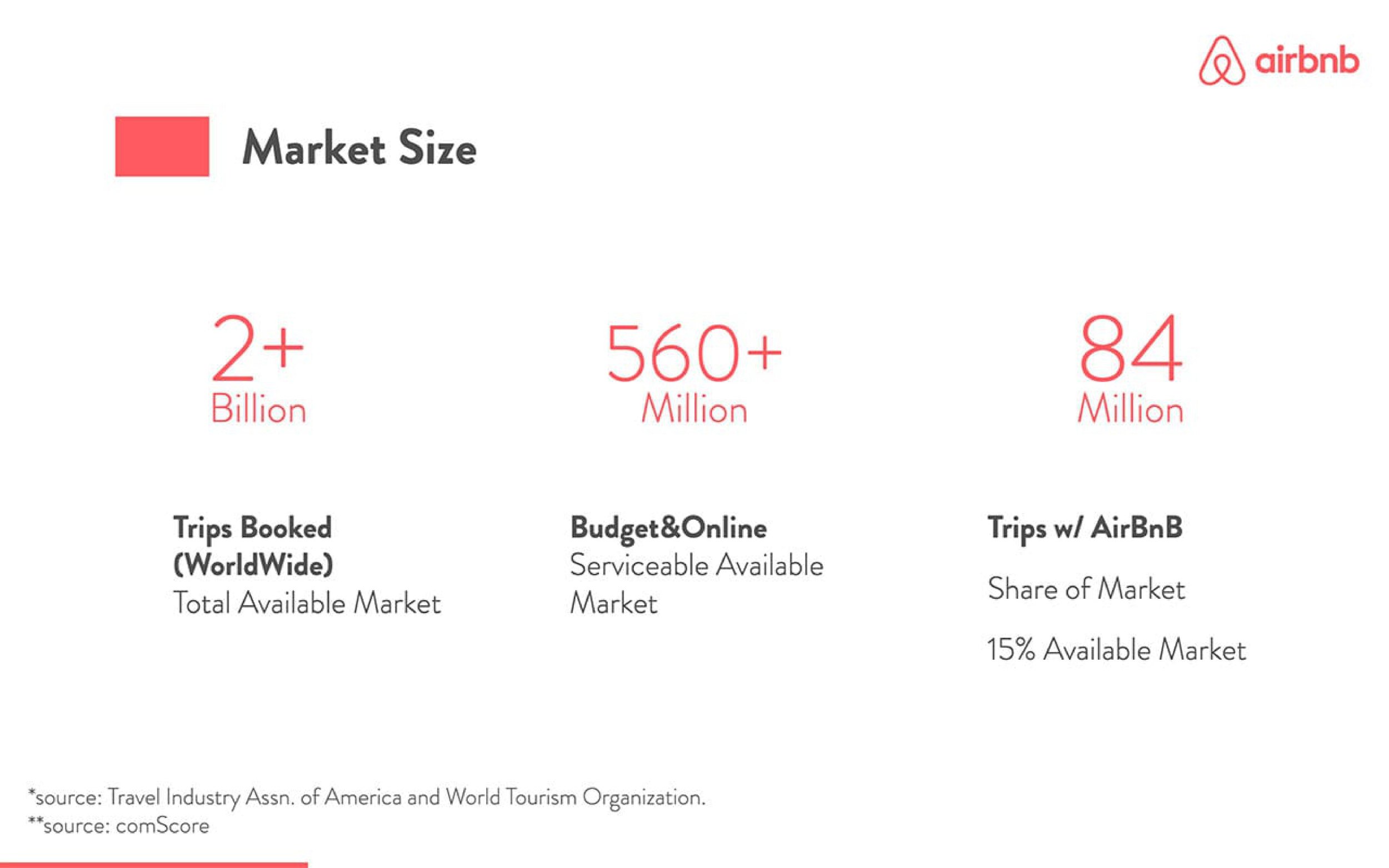

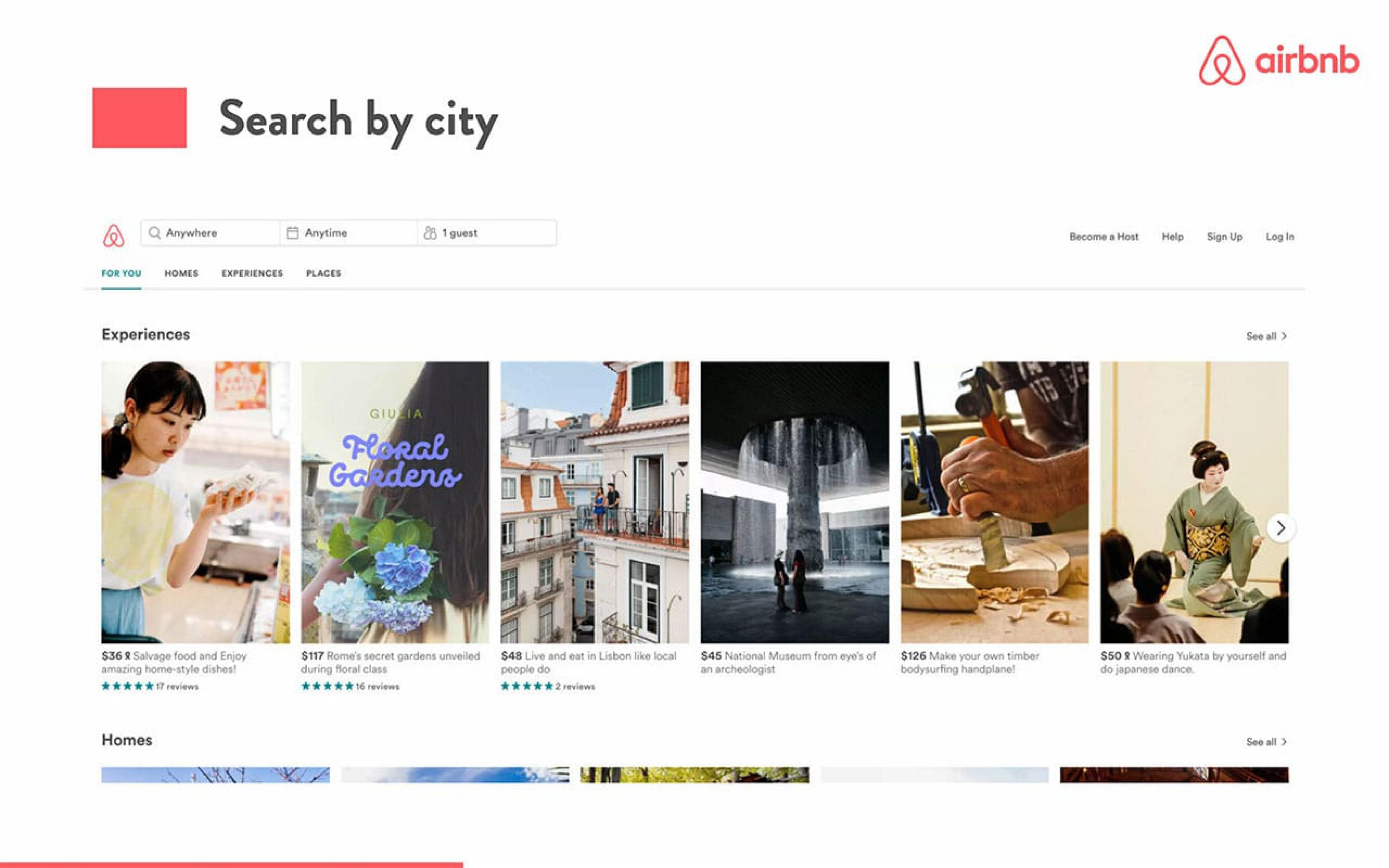
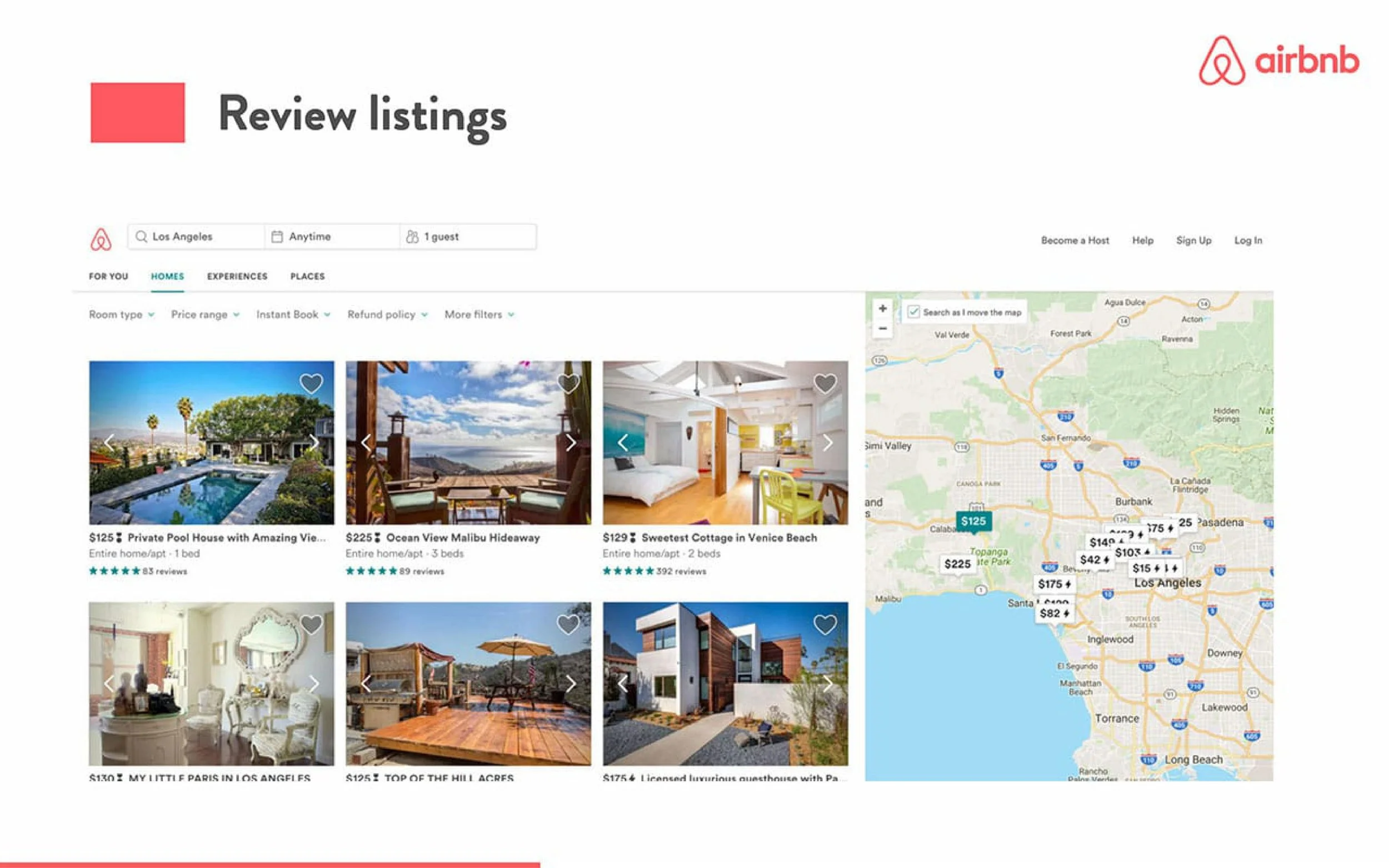

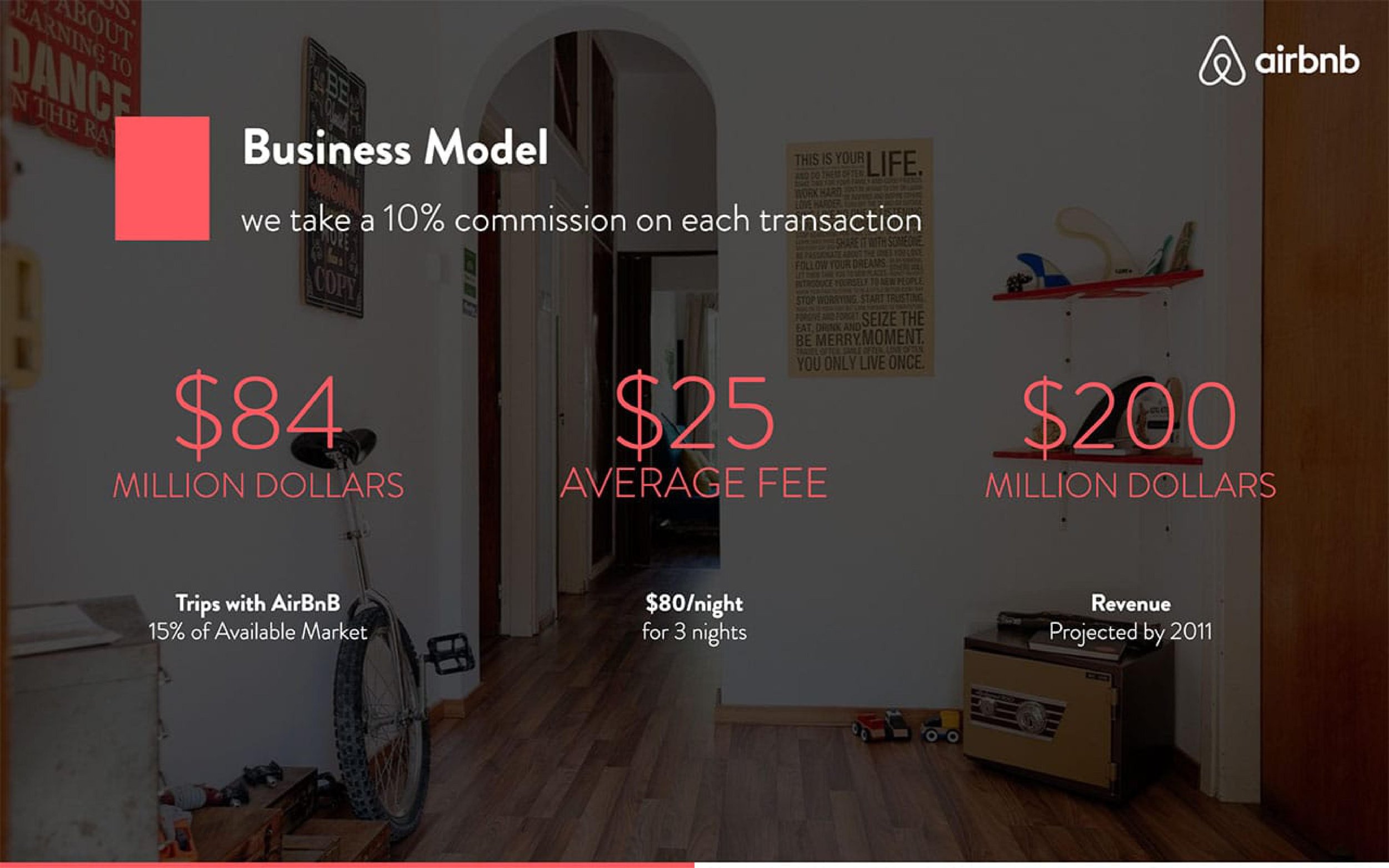
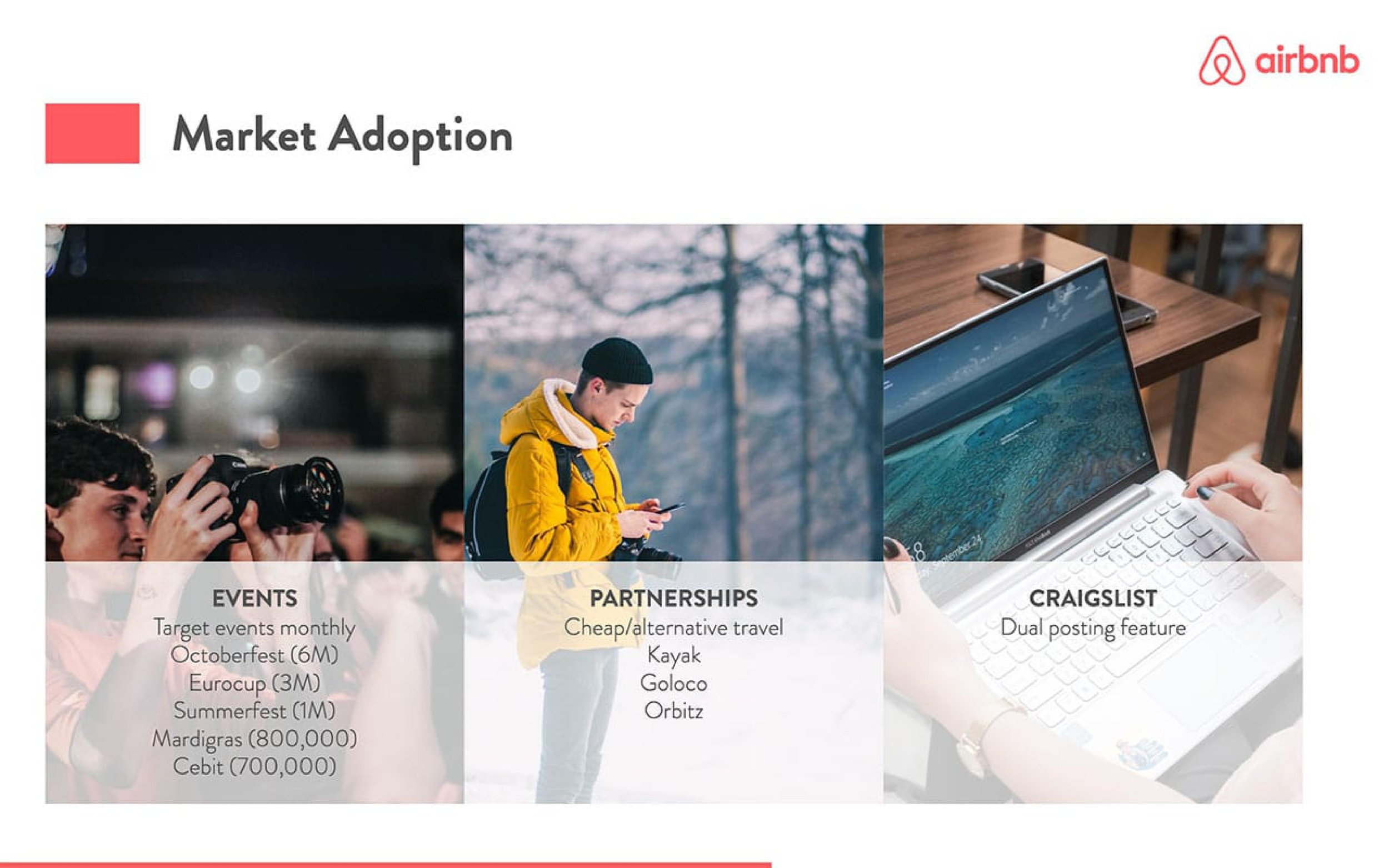

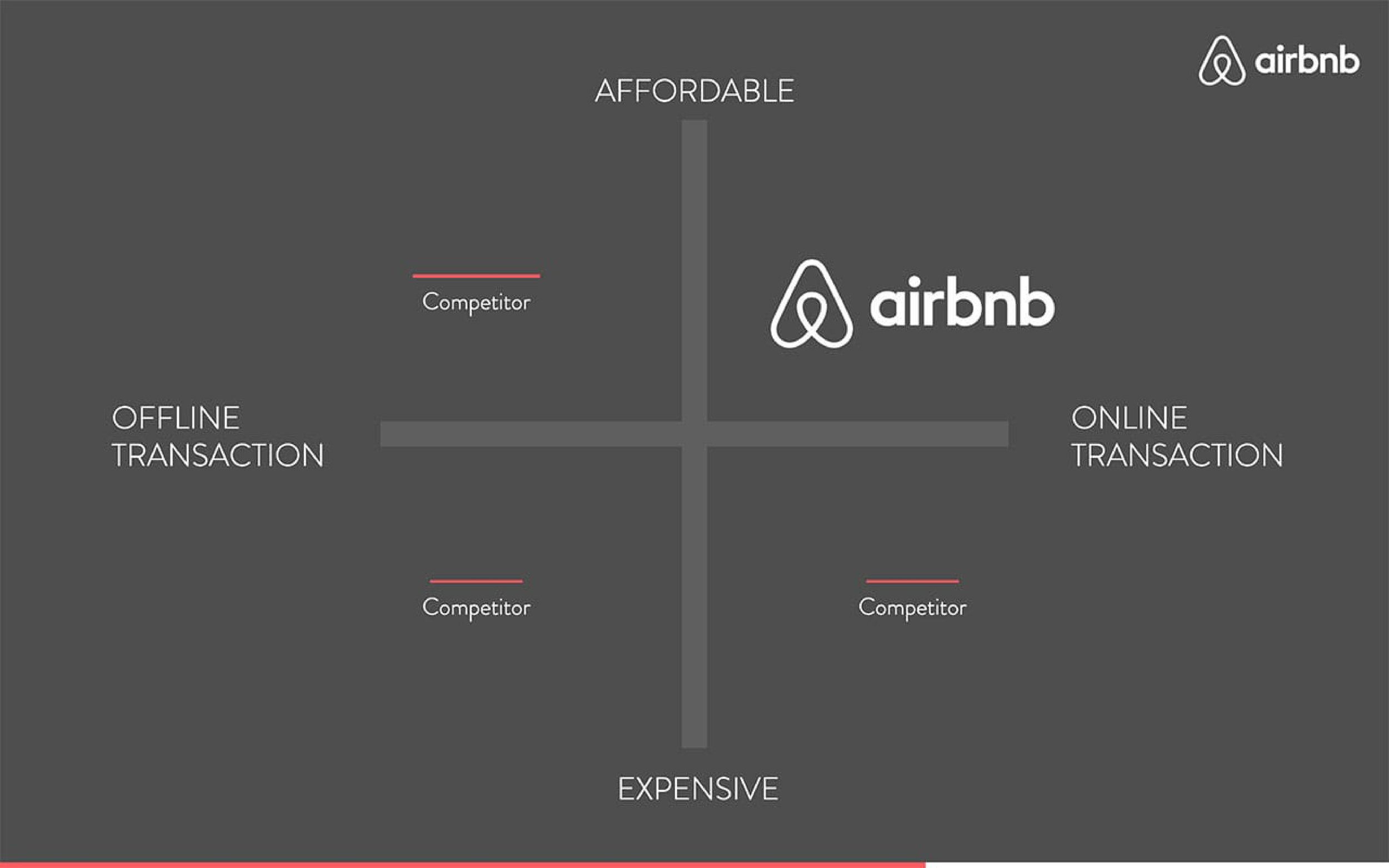
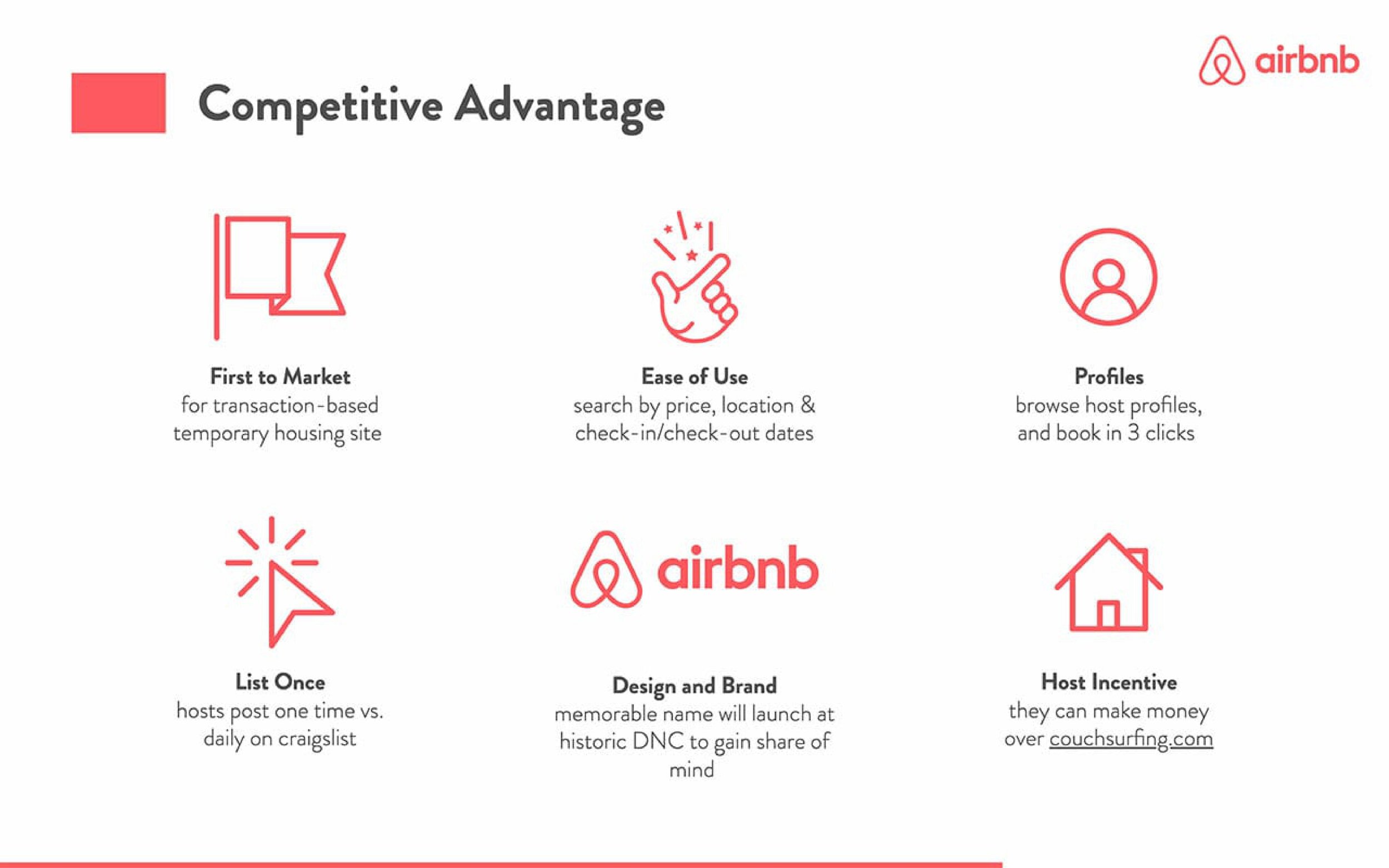
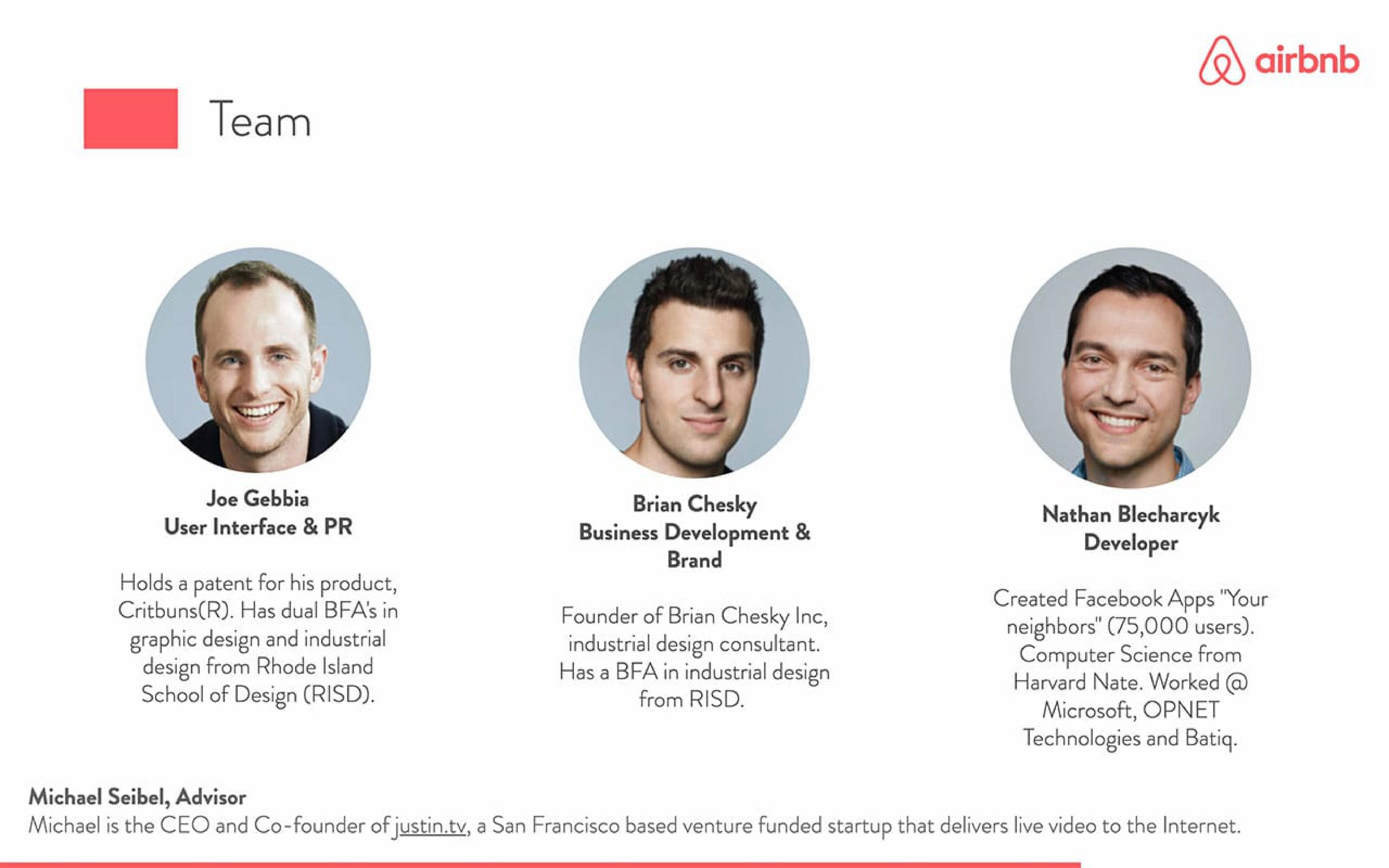
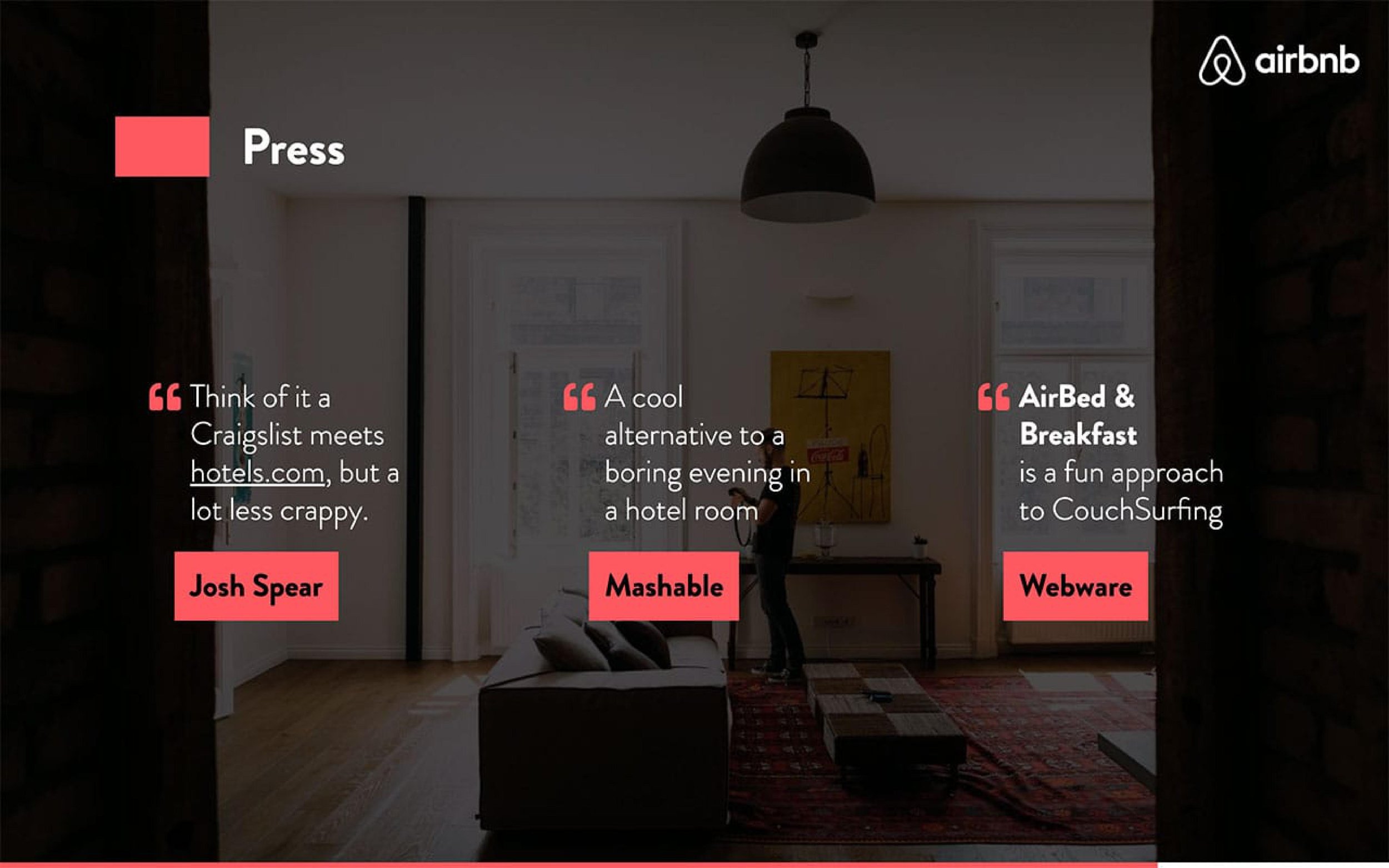
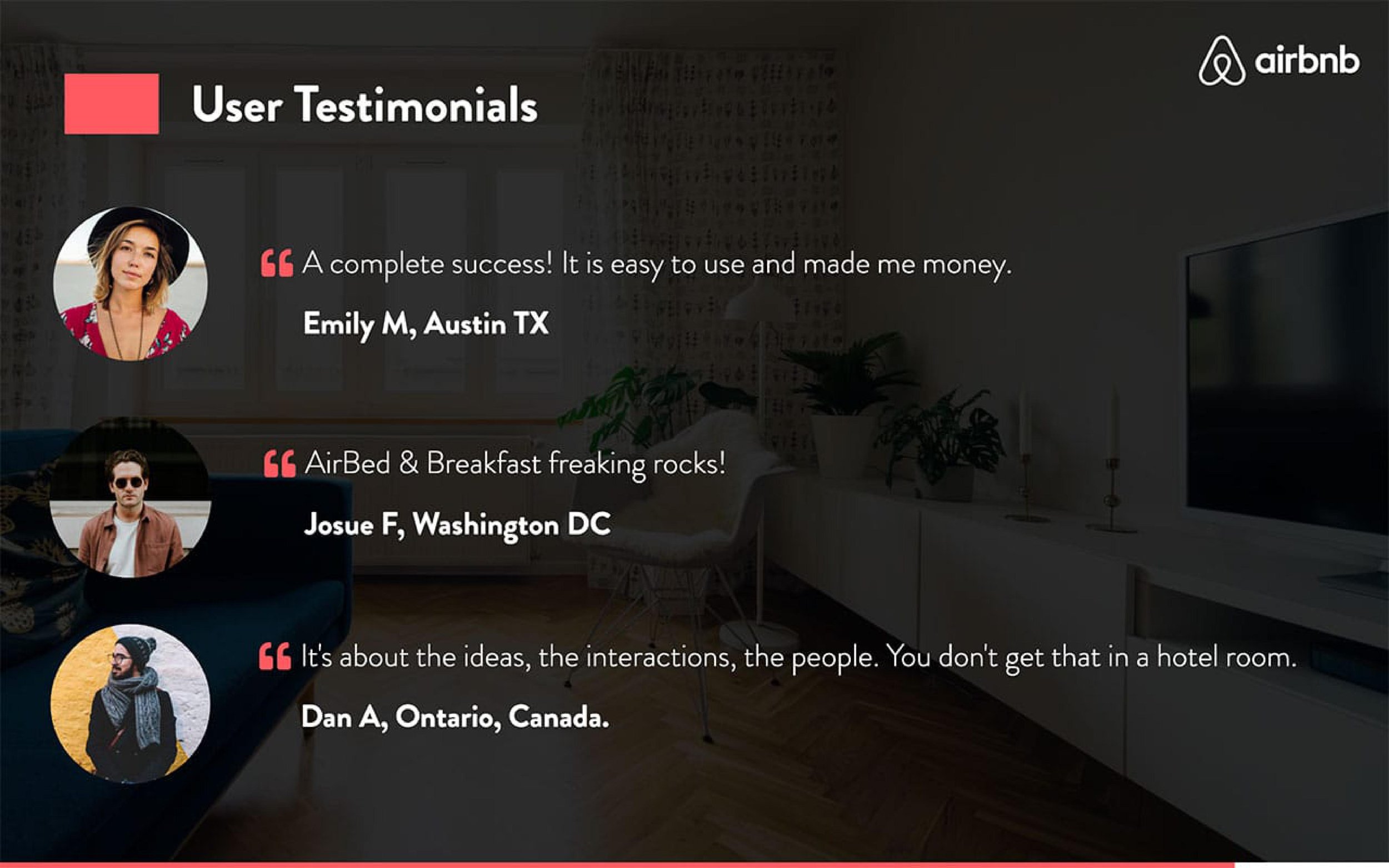
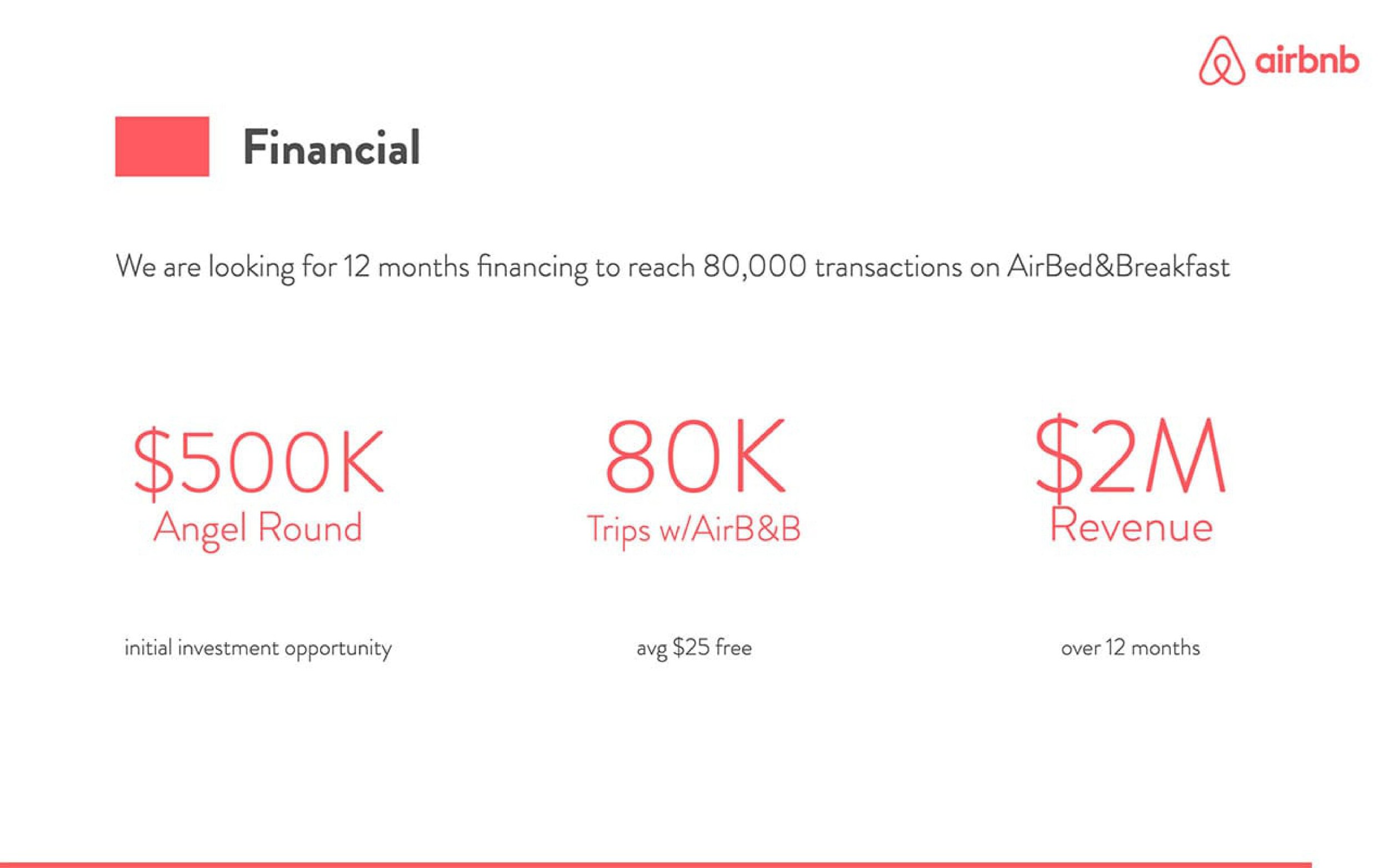
An example of what a clean pitch deck may look like. Notice the minimal use of lengthy text and the limit of one key visual per slide.
Little design things that make all the difference
Although the idea is the core of your proposal, packaging it properly ensures recipients will treat it with the respect and consideration that it deserves. Build the deck as a standalone deliverable (and not a visual aid for presentations). This means that everything you need to make your case must be there. Some other points to keep in mind:
· Have a consistent design theme across your proposal
It’s unprofessional for slides to be all over the place. Keep margin sizes, font types and font sizes, header placements and such the same across each page. After the content has been finalised, task a single editor to ensure consistency from start to finish.
· Keep the tonality consistent
It’s not unusual for multiple people to work on the deck, especially when dealing with tight timelines. Again, make sure a single editor looks over the entire proposal from beginning to end to ensure the tone is consistent.
· Keep slides and pages clean
Messy slides filled with graphics and overlapping text or an overabundance of text are a nightmare to read, let alone absorb and retain. Keep slides clean by minimising the amount of text.
A good rule of thumb is to hold yourself to a maximum of five bullet points per slide, and two lines of text per point (less is definitely more). Check out AirBnB’s presentation deck posted above for reference on how you can make a clean and presentable deck.
Good ideas are the heart of the project proposal, but a heart alone is enough. You need veins, arteries and capillaries (the structure, flow and presentation) to bring your idea to life. Ensure your ideas are clearly and concisely presented, and you’ll put your team in the best light in any situation.


